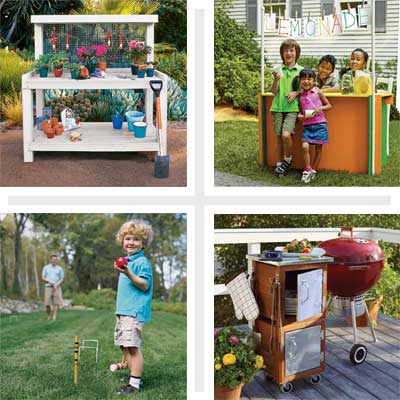 1. The bandage was wound around the wound.
1. The bandage was wound around the wound.
2. The farm was used to produce produce.
3. The dump was so full it had to refuse more refuse.
4. We must polish the Polish furniture.
5. He could lead if he would get the lead out.
6. The soldier decided to desert his dessert in the desert.
7. Since there was no time like the present, he thought it was time to present the present.
8. A bass was painted on the head of the bass drum.
9. When shot at, the dove dove into the bushes.
10. I did not object to the object.
11. The insurance was invalid for the invalid.
12. There was a row among the oarsmen on how to row.
13. They were too close to the door to close it.
14. The buck does funny things when does are present.
15. A seamstress and a sewer fell down into a sewer line.
16. To help with planting, the farmer taught his sow to sow.
17. The wind was too strong to wind the sail.
18. After a number of injections my jaw got number.
19. Upon seeing the tear in the painting I shed a tear.
20. I had to subject the subject to a series of tests.
21. How can I intimate this to my most intimate friend?















 What’s the use of balmy weather and long summer days if you can’t hang out in your yard and have some fun? But if there’s nowhere good to sit and nothing fun to do at your house, don’t fret. These 28 projects, culled from the TOH archives of great weekend upgrades, will enhance your yard, beautify your exterior, and give everyone in the family something exciting to do. Pick and choose the ones that are right for your home, and soon you’ll have the most attractive and entertaining yard on the block.
What’s the use of balmy weather and long summer days if you can’t hang out in your yard and have some fun? But if there’s nowhere good to sit and nothing fun to do at your house, don’t fret. These 28 projects, culled from the TOH archives of great weekend upgrades, will enhance your yard, beautify your exterior, and give everyone in the family something exciting to do. Pick and choose the ones that are right for your home, and soon you’ll have the most attractive and entertaining yard on the block. 

 Two metropolitan cities in the Pacific Northwest are leading the nation in green construction with plans to put up
Two metropolitan cities in the Pacific Northwest are leading the nation in green construction with plans to put up

